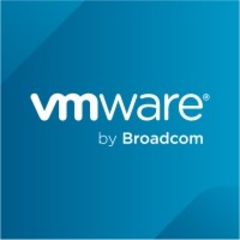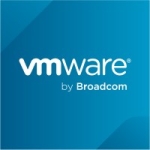What is our primary use case?
I started looking into this solution because we needed something more to simplify and help manage if you have different vendors with cloud solutions. We looked at the price, as well as what should replace certain things in an easier way that was fast and easy.
We use this solution to see how it can create dashboards for different parts of the world.
What is most valuable?
This solution is fast and very easy to understand, even if you are not a technician. You can use it very easily with the dashboard. Overall, it's very easy to start using it.
For me, I think that it is one of the most complete products available now.
It's an extremely good product. You can use it on-premises or on the cloud.
What needs improvement?
If you are working with the OS you need help and other connectors to get more information.
When you start logging, you just log, but you need to see what you can do with the log to start working with it. Once you start actually working with the log, you can see what you need to do with the tools to automatically do things.
VMware has whatever you want. If you want network security, with load balancing, with absolution, then most of it is connected. Often, VMware and Dell EMC are connected. It's rather integrated. This can be a problem in the future because if you use Cisco in the core, the network would like to have the connection into the defined data center. It functions today, but you have to rethink how you use things.
Now that it's a part of the VMware family instead of a product on its own, it can use other features that are with VMware.
For how long have I used the solution?
I have been working with this solution for about a year.
Buyer's Guide
VMWare Tanzu CloudHealth
October 2025
Learn what your peers think about VMWare Tanzu CloudHealth. Get advice and tips from experienced pros sharing their opinions. Updated: October 2025.
872,029 professionals have used our research since 2012.
What do I think about the stability of the solution?
I think that it is the most stable product, but it depends on VMware.
In 2001, I started with VMware. At that time it was known for being strong for developers. If you asked me then I would say that it was more for developers and not for use in production. Even if it came from the same mainframe that they have with the same utilization and communication.
Now it's rather stable. They bought some good companies that they have included in their solution. It also depends on the price.
How are customer service and support?
We are deeply connected to VMware here in the North of Europe. We have reached the highest partner level and we work with a consulting group sometimes.
The technical support is extremely good. Also, some of the vendors, for example, Veeam and some others are knowledgable, with a good understanding of VMware. Even if you work with HP. Now, the VMware support is through HP.
The type of support depends on your environment. If you work with other hypervisors, you have the same and they are good to help you with issues.
The community for these types of vendors is also very helpful.
Which solution did I use previously and why did I switch?
We had another product but it was a bit too complicated to use.
I work with VRealize Operations Suite also. All of the Cloud Suite.
It was easy for me because the customer is German, the owner is German, and I work with the Swedish part of it. We have this cloud journey with different answers, on cloud or on-premises, so we need to see where we should place all of our load. It also depends on where in the world we use it.
What's my experience with pricing, setup cost, and licensing?
When you start to virtualize things it gets very expensive.
The licensing fees depend on how big the company is. If you are a larger company then you have a better contract with a better price. The price is different for a small company.
Competitors are cheaper. The quality is not the same but the price is lower so some people will choose the solution based on the price.
It's purchased by the package. VRealize Operation Suite is the largest, but if you are a small company you may not be able to afford it and you may not be able to use all of the opportunities because it is so expensive.
If you are a large company then you can cut the personnel costs instead.
What other advice do I have?
If you start working with this solution then you will know what you can achieve with this product.
It's better to have a large product to see what you can achieve with it because, quite often, they don't even know what they want from it and why.
If you have started on the cloud journey, you don't use everything. With the OS, they show their tools and they do everything. Maybe on-premises they have all of the information that you need to use.
You will need to access to see where working with an on-premises version would be better than the cloud in terms of cost.
It's a good start to making better decisions.
I have looked at others and this solution is the best. One of the reasons I started to use the solution was that I needed to see things rather quickly. It's the easiest to start with.
Overall, it's one of the best products because it's easy to use and has a great dashboard.
I would rate this solution a ten out of ten.
Which deployment model are you using for this solution?
On-premises
Disclosure: My company does not have a business relationship with this vendor other than being a customer.
















